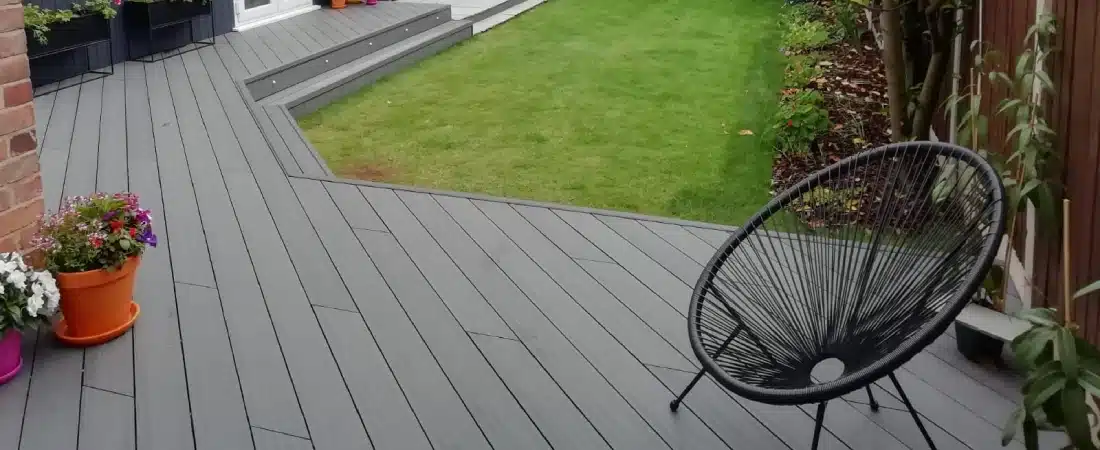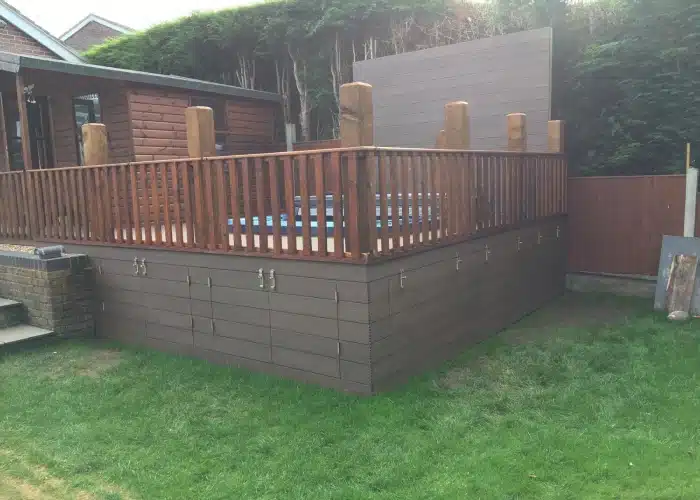Does PVC Decking Get Hot?
Placing new composite decking boards can be expensive and time-consuming. But replacing damaged and rotting joists is much more troublesome. In many cases, you will need to build an entirely new frame. For this reason, it’s crucial to protect not only your floorboards but your substructure as well, including the joists.
For wood and other similar materials, water damage is one of the biggest problems. It can cause rotting, warping, and mould growth on most decks. The question is, how can you protect your decking joists from moisture here in the UK? Below are some helpful tips you can try.
Maintain Your Decking
If you want to protect your decking joists from moisture in the UK, you will want to keep your decking dry as much as possible, even if you have water-resistant decking, such as composite decking. Its also best to wipe dry spill of any liquids, not only does this protect your decking boards from stains and moisture damage, but your joists as well. You will also want to quickly remove water pooling, fallen leaves, and plant or animal droppings.
If you are noticing water pooling its best to check your gradient as this is a clear sign that you may not have the correct or enough gradient on your deck for the water to run off.
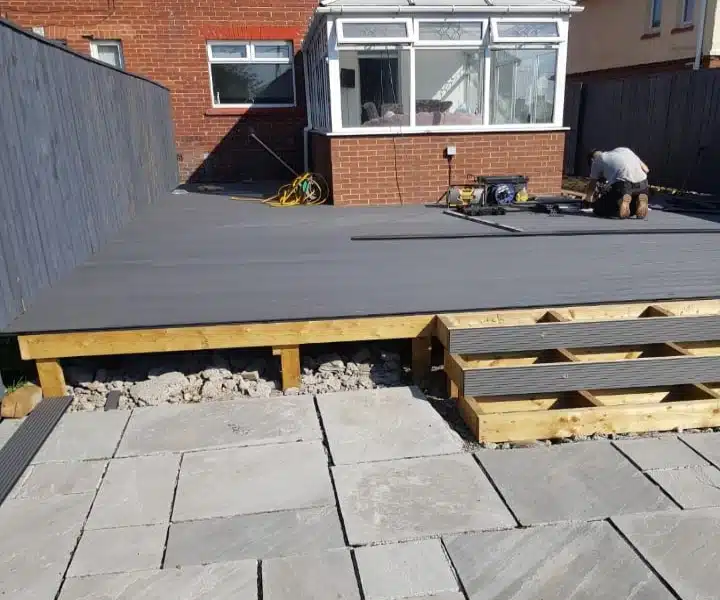
Inspect Your Decking
After building your deck, moisture issues will be the last thing on your mind, but regular checking and inspecting saves you time and money further down the road. These may seem like something to worry about in the future but decks and subframes left with no check or inspection will most likely result in a surprise after seeing the irreversible damage moisture can do to your deck area and subframe.
For this reason, you will want to schedule regular inspections (if possible), not only on the decking floor but also on what’s beneath it. We understand sometimes its not possible to do regular checks, so please see some of the signs of subframe damage below:
Signs of joist rotting, such as sagging and uneven floorboards, are clear indications of moisture damage. While you may not easily see mould growth under your decking, a musty smell coming from below your decking is often a sign of it.
If you see any signs of damage, it’s best to replace them as soon as possible. Rotting, mould growth, and other similar problems can spread throughout the subframe. It’s best to fix them before you get to the point where you have to replace your entire decking frame.
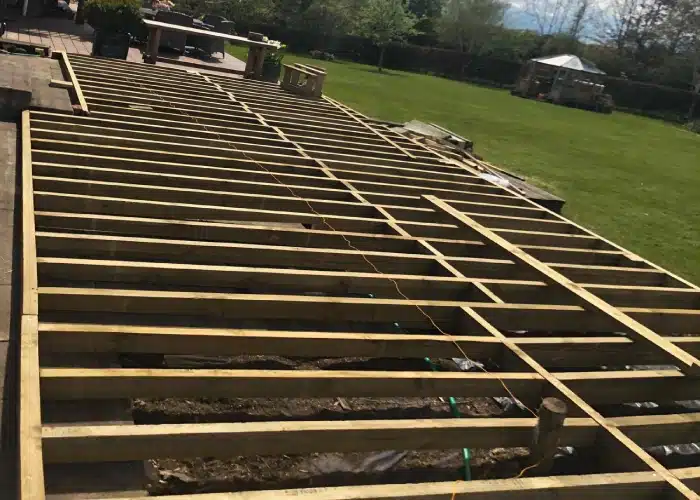
Redirect Drainage
Water drainage, especially from the roof, can cause water damage to your decking. Check for any drainage issues and fix them as soon as possible. If possible, redirect all drainage systems as far away as possible from the decking.
You can also build a drainage system underneath your decking. For places with frequent rain, a roof over your decking can also help. Temporary covers like tarps and canopies also reduce water pooling issues, especially during rainy seasons.
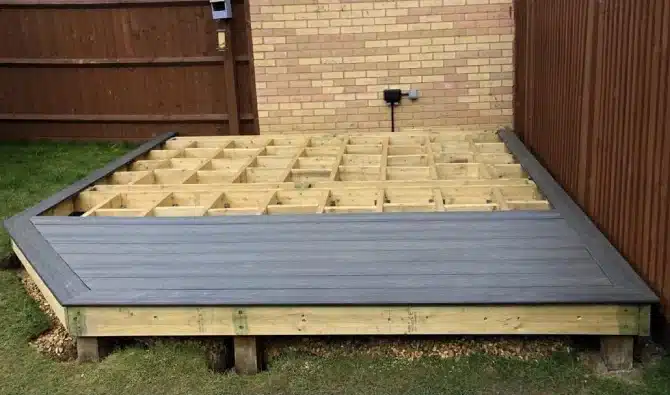
Allow for Proper Ventilation
Ventilation is crucial when designing and building a deck. Wood, which is the most commonly used material for joists, absorbs water and moisture. But without sufficient ventilation, it won’t be able to release its water content.
If that happens, it will cause the wood to develop many problems. Some issues you will encounter include rotting, warping, insect damage, and fungi growth. For better ventilation of your decking, you will need to observe proper spacing between decking boards. Joist spacing and span measurements are also crucial.
Raising your deck will help drainage and airflow too. You may want to check with your local building regulations or manufacturer’s installation guides regarding these matters. Alternatively, you can consult a professional for insight and advice.
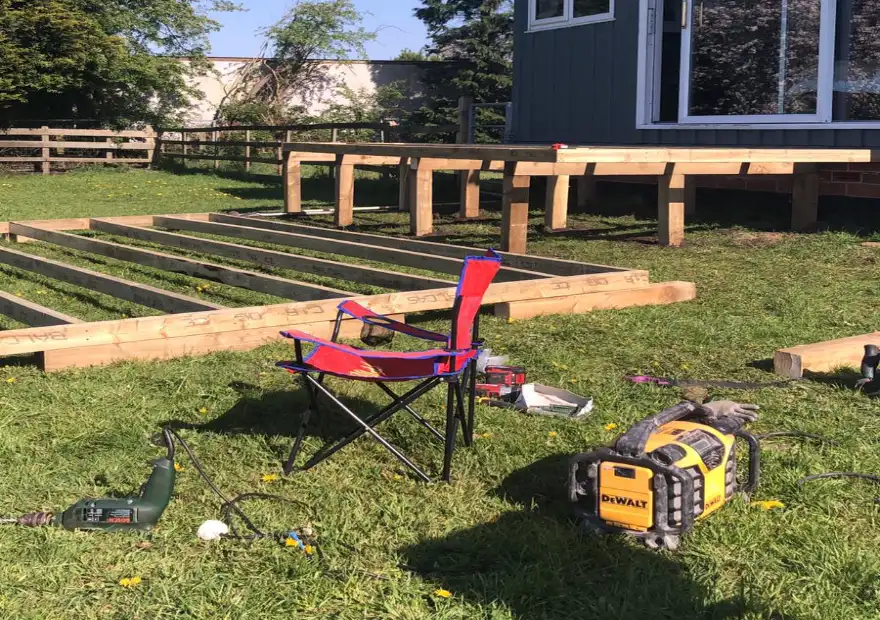
Use Water Resistant Material
Choosing the correct materials for your joists is crucial. Check your local building regulations to know what materials you can use. In most cases, you will want to use at least pressure-treated wood for your subframe. You can also use non-wood alternatives such as plastic and composites. As much as possible, avoid using untreated wood unless they are naturally resistant, like Cedar and Redwood.
Please remember to increase your subframes moisture resistance its advisable to add a breathable weed membrane as see in the image of your right and don’t forget to add aggregate or gravel to prevent moisture build up below your deck.
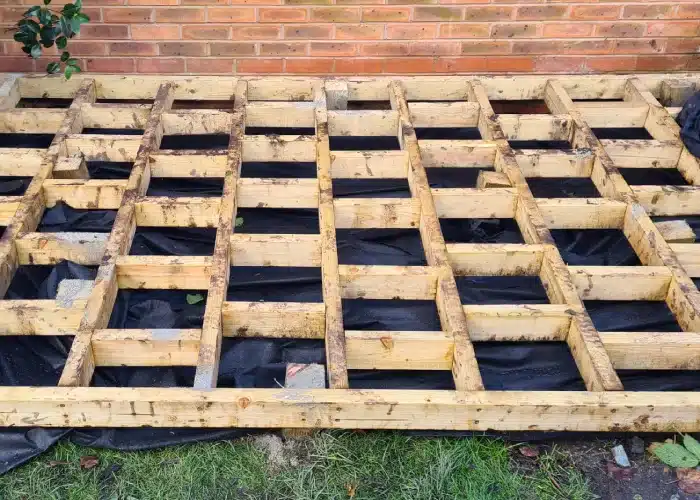
Flash Your Joists
When building new decking or replacing old subframes, you will want to flash or waterproof your joists. The most common way to do this is by using flashing tapes.
Flashing tapes are water-resistant adhesives or membranes laid on top of the joists. It minimises water absorption while allowing the wood to release moisture on the uncovered sides.
Alternatively, you can also use tar paper as a substitute. You can find a variety of these in most DIY stores or builder’s merchants.
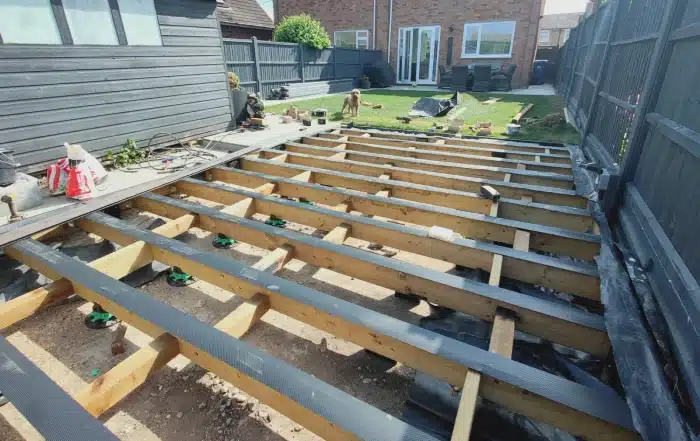
Use Sealants
Another easy way to protect your decking joists from moisture is by using wood sealants. Applying them is similar to what you do for floorboards. Applying water-resistant sealants will provide full coverage for your joists instead of only the top side when using flashing tapes. However, it’s best to apply it to the subframe before installing the decking. Re-applying them can also be a little trickier. But as long as you can reach the underside of your decking, using sealants can be an excellent way to protect the decking joists from moisture.
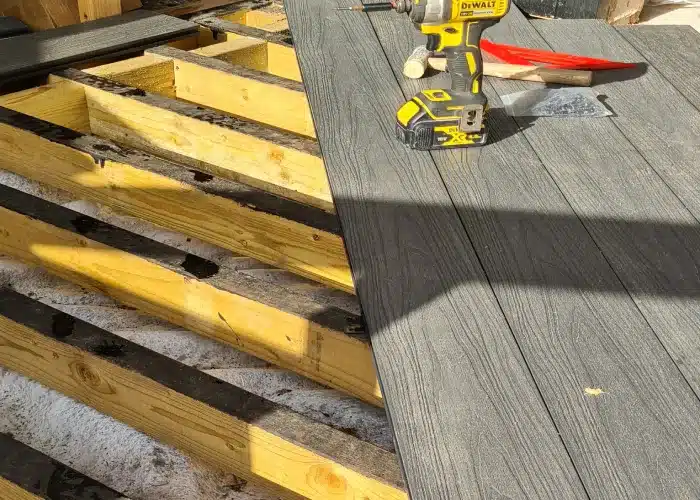
Conclusion
Whether you have an existing decking or plan to add a new one, protecting your decking joists from moisture goes a long way to ensuring your decking’s lifespan. It will also ensure structural integrity and safety. Remember to inspect and maintain your joists and redirect any downspouts and drainage. When building a new decking, use water-resistant materials, flash your joists, and allow proper ventilation and sufficient spacing.
What Can I Put Under Decking to Stop Rats?



